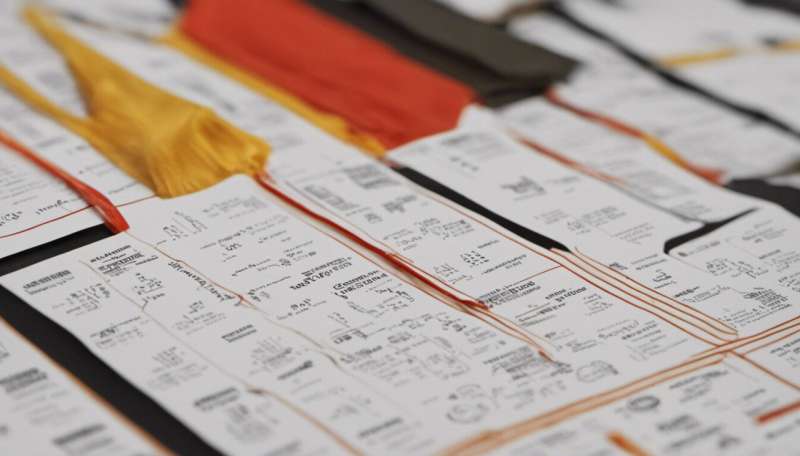New emergency kits for quicker relief organisation response

Developed through the EU-funded SPEEDKITS project, these cost-effective, modular and easy-to-use kits, providing first aid support in terms of shelter, medical care, drinking water, sanitation and basic energy needs, will enable humanitarian workers to provide swift and effective aid when disaster strikes.
The kits have been tailored to deal with specific emergencies, and will improve the lives of millions of people during the first hours, days and weeks of a major disaster. They can be deployed in affected cities, improvised camps or scattered rural regions on short notice.
Senegal and South Africa Demonstrations
The project's innovative shelter and tent solutions were recently demonstrated in northern Senegal. Emergency housing includes a "clever roof" (an ultra-light weight safe shelter for one family) and a "Progressive House" (a shelter for families up to five people).
A modular warehouse tent was also set up at the local headquarters of the Senegalese Red Cross. The deployment of these prototypes enabled the consortium to gather valuable information and to fine tune solutions before bringing the kits to market.
Larger kits for immediate use beyond critical first aid, such as sanitation units, sustainable energy generation and mobile recycling units for debris, have also been developed. Sanitation kits include a foldable raised latrine for emergency cases and a semi-manual water drilling kit.
Another interesting innovation includes a pasteurisation and biogas unit for off-site sludge treatment and a sanitation kit to pasteurise sludge early on before depositing. This kit was recently tested in an agricultural community in the Cape region of South Africa.
The kit was successfully erected within two hours. In parallel, progress has been made towards designing an autonomous rapid deployment plug-and-play hospital that can handle between 80 and 120 people, complete with hygienic rooms and critical installations.
Improving emergency infrastructure
The project builds on existing disaster relief procedures. Humanitarian organisations like the Red Cross have sleeping emergency response units (ERU), which are put in place immediately after disaster strikes. Each ERU has a specific function, e.g. medical care, sanitation, energy provision, or water supply.
The SPEEDKITS project sought to improve the delivery of such emergency infrastructure by first assessing current equipment solutions and identifying key challenges such as supply bottlenecks and weight. Novel materials and concepts were then developed to drastically reduce volume and weight, making transportation easier.
Successful examples include lightweight but durable and thermally insulated tent materials, novel concepts for energy supply (biogas from sanitation), textiles to line pit latrines and smarter packaging (smaller units have been designed to fit into medium ones, which then go into larger ones, like a Russian doll). As emergency response units need to be onsite as soon as possible, ensuring that the kits are easy to transport and install is essential.
The SPEEDKITS project was guided by the Red Cross and involved experts in material and structural engineering, industrial design and architecture. The new units will not only save lives in the first days and weeks after a disaster, but also put in place the seeds for rebuilding for future generations.
More information: For further information please visit the SPEEDKITS project website: www.speedkits.eu/

















